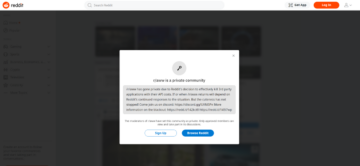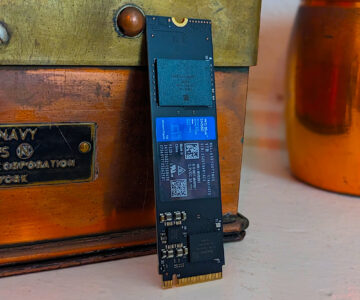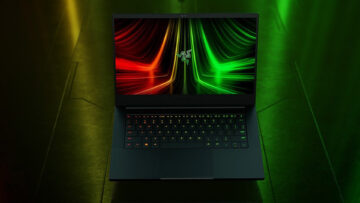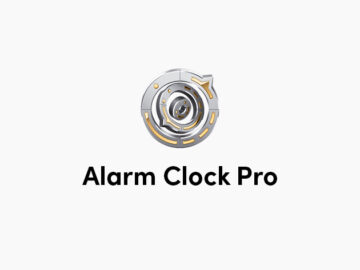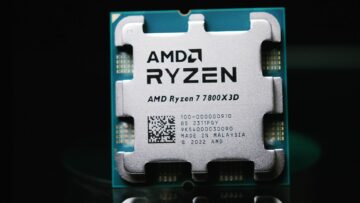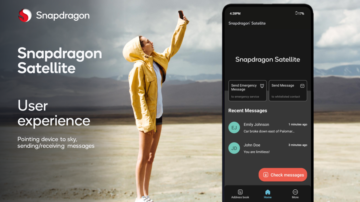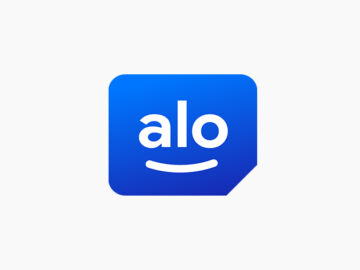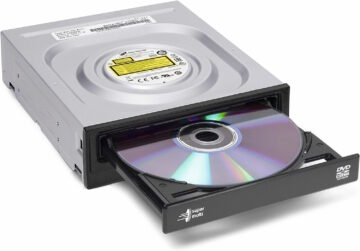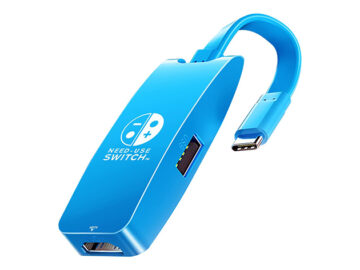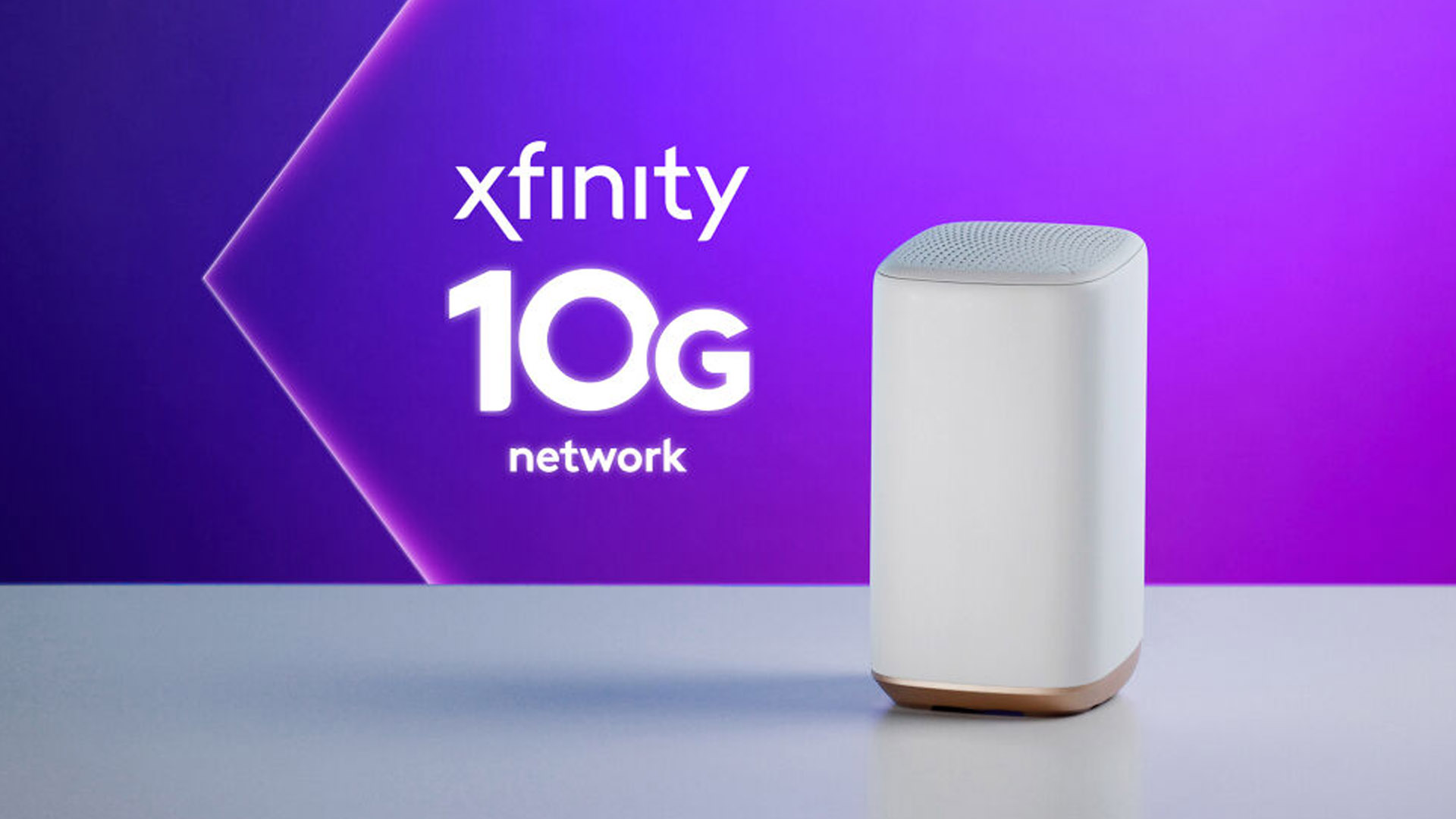
The internet service industry is no stranger to somewhat nebulous claims of speed and reliability. But even in that context, Comcast’s self-styled “Xfinity 10G network” for its home internet business raised some eyebrows. After months of arguing with the cable industry’s self-regulatory agency the NCTA and the National Advertising Review Board, the company has agreed to drop the potentially misleading moniker.
While technically referring to theoretical speeds of 10 gigabits per second on the fiber optic broadband line, it seems likely that the “10G” in Xfinity 10G was carefully crafted to imply that it’s twice as fast as 5G, the current standard mobile wireless technology. Advertisements claiming it’s “next generation,” and a Super Bowl ad featuring the moon landing and boasts about accessing the network at the dentist, surely didn’t clarify things. Verizon and T-Mobile objected, as both companies offer mobile and home internet service that really is based on the 5G over-the-air standard. The competitors brought their concerns to the Internet & Television Association. This is notable, since it wasn’t consumers but other telecom companies calling foul on Comcast’s advertising.
[embedded content]
As Ars Technica reports, Comcast has agreed to drop the promotional label after a final review by the National Advertising Review Board, yet another self-regulating agency. The NARB took issue with both the “10G” label itself to describe the network, and Comcast’s advertising of the network in service areas that couldn’t actually access the $300-a-month 10 gigabit service. Most of the customers in Comcast’s network can’t get 10 gigabit speeds without a pricey fiber optic infrastructure upgrade. Quoting the NARB’s final statement:
The NARB panel concluded that 10G expressly communicates at a minimum that users of the Xfinity network will experience significantly faster speeds than are available on 5G networks. This express claim is not supported because the record does not contain any data comparing speeds experienced by Xfinity network users with speeds experienced by subscribers to 5G networks.
Further, the NARB panel determined that, in the absence of actual Xfinity Gigabit Pro service tier market usage data showing consumer usage, the recent availability of 10G speeds through that service tier does not support the superior speed claim (or a 10Gbps claim) for the Xfinity network as a whole.
National Advertising Review Board
In typical corporate fashion, Comcast admitted no wrongdoing and said it “strongly disagrees” with the Review Board, even while agreeing to drop the 10G label. Comcast said that it may continue to advertise “10G” for that fraction of Xfinity users that can actually access the faster service. It’s here where I must point out an irony that Alaina Yee brought to light back in October: 10 gigabits is actually two times slower than the theoretical top speed of 5G wireless, which tops out at 20 gigabits, even though you’re unlikely to hit those speeds in real-world usage.
- SEO Powered Content & PR Distribution. Get Amplified Today.
- PlatoData.Network Vertical Generative Ai. Empower Yourself. Access Here.
- PlatoAiStream. Web3 Intelligence. Knowledge Amplified. Access Here.
- PlatoESG. Carbon, CleanTech, Energy, Environment, Solar, Waste Management. Access Here.
- PlatoHealth. Biotech and Clinical Trials Intelligence. Access Here.
- Source: https://www.pcworld.com/article/2224668/comcast-backs-down-on-misleading-10g-xfinity-speed-label.html
- :has
- :is
- :not
- :where
- 10
- 16
- 20
- 2023
- 500
- 5G
- 5G networks
- a
- About
- access
- accessing
- actual
- actually
- Ad
- admitted
- Advertise
- Advertising
- After
- agency
- agreed
- agreeing
- an
- and
- Another
- any
- ARE
- areas
- AS
- Association
- At
- availability
- available
- back
- backs
- based
- because
- board
- boasts
- both
- bowl
- broadband
- brought
- business
- but
- by
- cable
- calling
- CAN
- carefully
- claim
- claiming
- claims
- Comcast
- commercial
- Companies
- company
- comparing
- competitors
- Concerns
- concluded
- consumer
- Consumers
- contain
- content
- context
- continue
- Corporate
- crafted
- Current
- Customers
- data
- describe
- determined
- does
- down
- Drop
- embedded
- Ether (ETH)
- Even
- experience
- experienced
- express
- expressly
- Fashion
- FAST
- faster
- Featuring
- final
- For
- fraction
- generation
- get
- giant
- here
- Hit
- Home
- HTML
- HTTPS
- i
- in
- industry
- industry’s
- Infrastructure
- Internet
- irony
- issue
- IT
- ITS
- itself
- jpg
- Label
- landing
- Leap
- light
- likely
- Line
- Market
- May..
- minimum
- misleading
- Mobile
- months
- Moon
- most
- must
- National
- network
- networks
- next
- no
- notable
- of
- offer
- on
- or
- Other
- out
- panel
- per
- plato
- Plato Data Intelligence
- PlatoData
- Point
- potentially
- Pro
- promotional
- raised
- real world
- really
- recent
- record
- reliability
- review
- Said
- Second
- seems
- service
- showing
- significantly
- since
- some
- somewhat
- speed
- speeds
- standard
- stranger
- subscribers
- Super
- Super Bowl
- superior
- support
- Supported
- surely
- T-Mobile
- technically
- Technology
- telecom
- television
- than
- that
- The
- their
- theoretical
- things
- this
- those
- though?
- Through
- tier
- times
- to
- took
- top
- Tops
- Twice
- typical
- unlikely
- upgrade
- Usage
- users
- Verizon
- was
- which
- while
- whole
- will
- wireless
- with
- without
- Xfinity
- yet
- youtube
- zephyrnet


